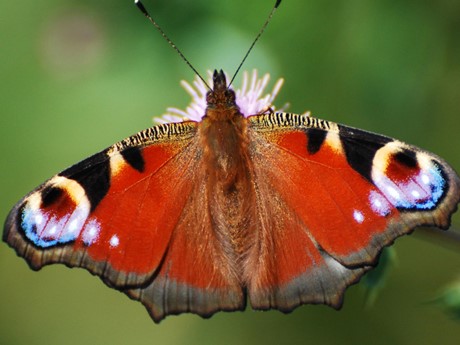Changing phenology
Rising temperatures mean that phenology is changing.
Scientific studies using Nature’s Calendar data have indicated how phenology is changing and some are beginning to suggest what the impact of this will be:
• Spring events like budburst, leafing and flowering are getting earlier
• Fruiting of trees and shrubs is getting earlier
• Late autumn events such as leaf fall may be delayed
The overall period of active plant growth each year is lengthening. A recent study by the Met Office estimated it to be, on average, a month longer during the past decade compared to the period between 1961 and 1990.

Horse chestnut (WTML)

Beech (John MacPherson/WTML)

Hawthorn (Ben Lee/WTML)

Silver birch (Pete Holmes/WTML)
It has been calculated that, across Europe as a whole, spring is now advancing by 2.5 days per decade.
These changes may affect food chains for plants, insects and birds, with some species potentially falling out of sync with each other because each responds individually and at different rates to rising temperatures.
Changing phenology is one of the first observed responses to climate change. Eventually, species may also change their abundance, range (i.e where they are found geographically) and even become locally extinct in areas that are less favourable. So the science of phenology provides a powerful ‘early warning’ of species that could be ‘winners’ and ‘losers’ as the climate changes.
Find out more about research projects using Nature's Calendar records.
